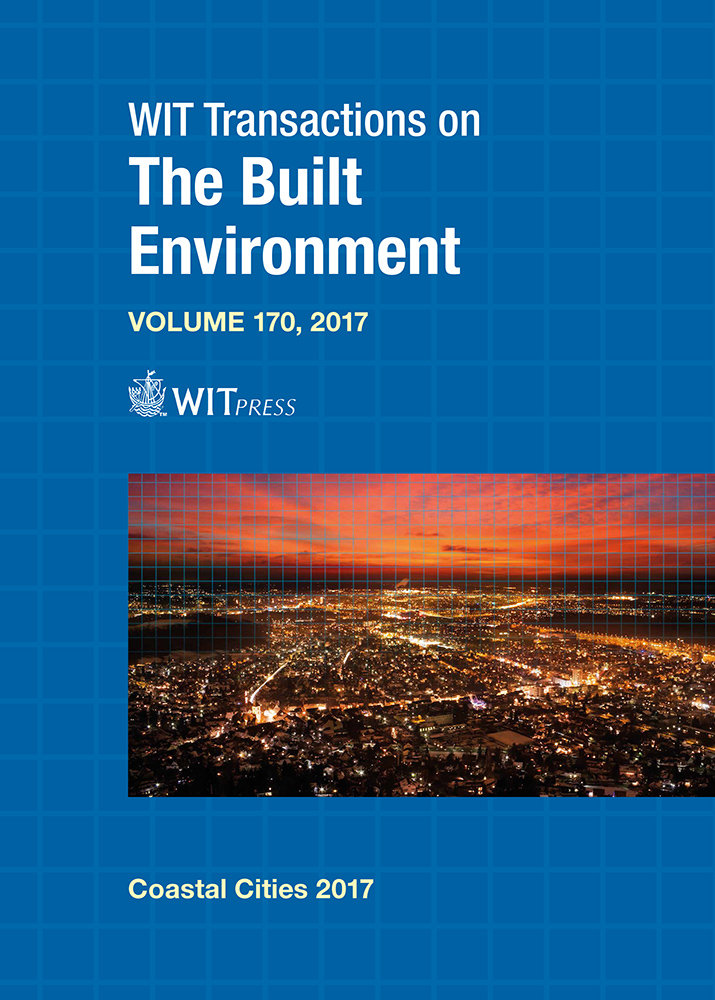WATER CITY ROTTERDAM 2035
Price
Free (open access)
Transaction
Volume
170
Pages
8
Page Range
55 - 62
Published
2017
Size
1,230 kb
Paper DOI
10.2495/CC170061
Copyright
WIT Press
Author(s)
NICOLINE LOEPER, MATTHIAS OTT
Abstract
New land was constructed in the North Sea to modernize and extend the Port of Rotterdam: Maasvlakte 2. This new artificial island of 1000 hectares shifts the harbor activities of one of the biggest harbors worldwide further to the west, and enables the reconstruction of the former harbor and the development of new urban areas of the city of Rotterdam. The strategic focus of the urban development plan is to use the transformation to develop a “Clean Tech City” on the water: Water City Rotterdam 2035.
This case study analyses the historical transformation processes of the city of Rotterdam to give insight into the relation of the harbor with the landscape and the city. A comparative study analyses the newly developed strategic design instruments of the four different areas (Merwe-Vier harbors, Rijn-Maas harbors, Waal-Eem harbors and RDM-Heijplaat) to conclude whether or not these tools are adequate to transform the areas sustainable. The developed design instruments are tested in three different designs to critically reflect on the conclusion.
Keywords
Rotterdam, urban design, harbor cities, sustainable transformation of harbor areas, strategic design instruments





